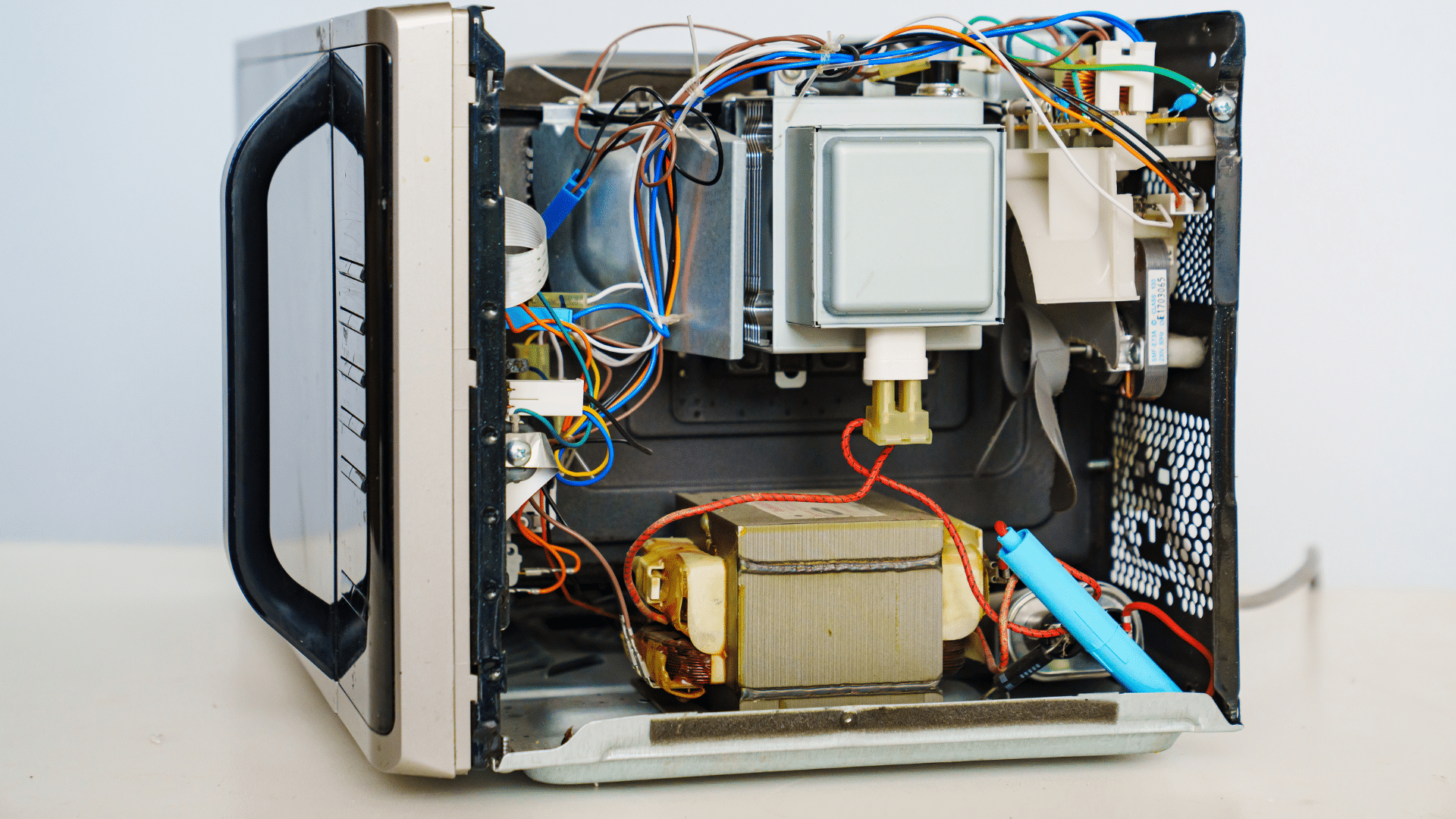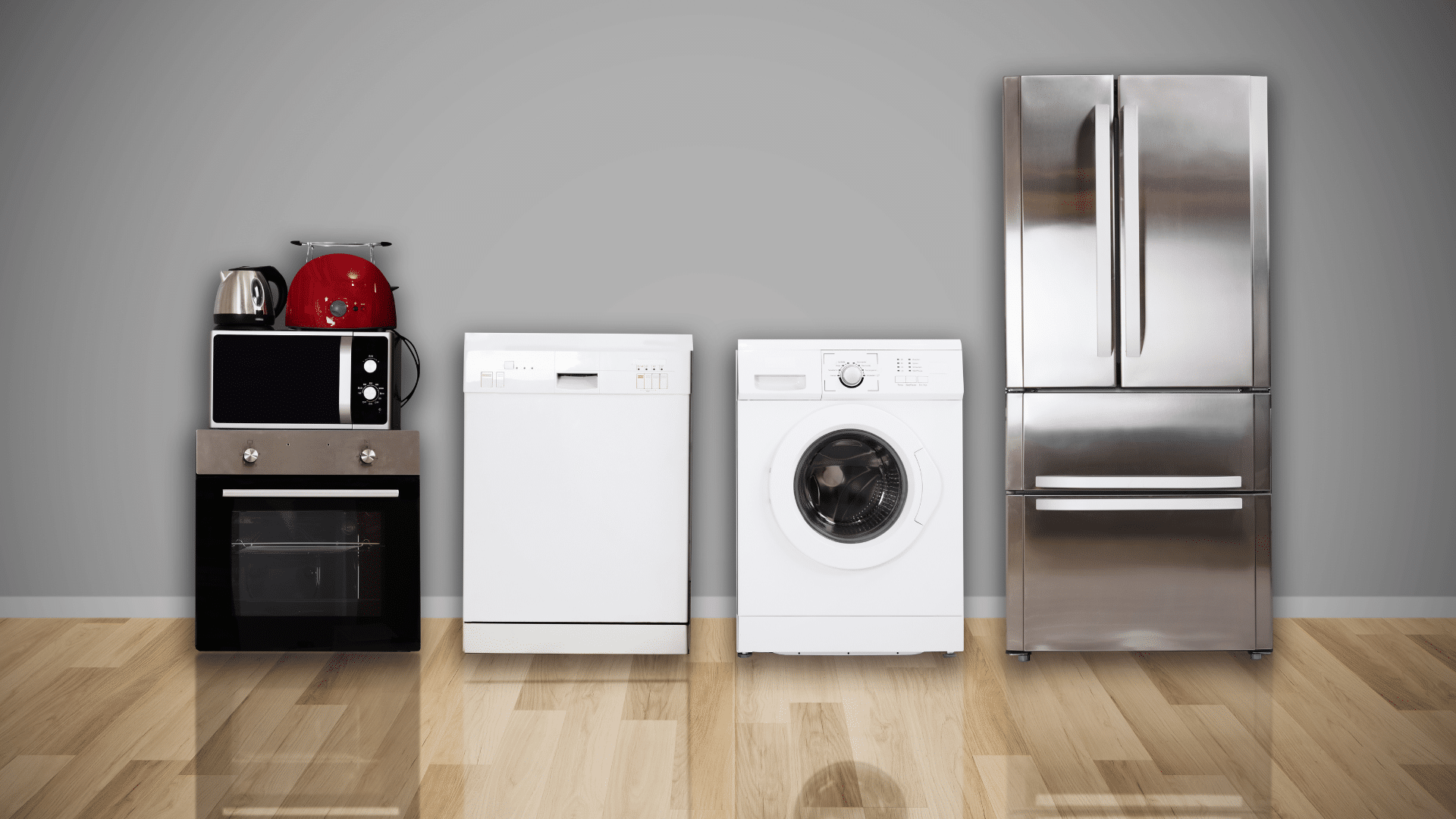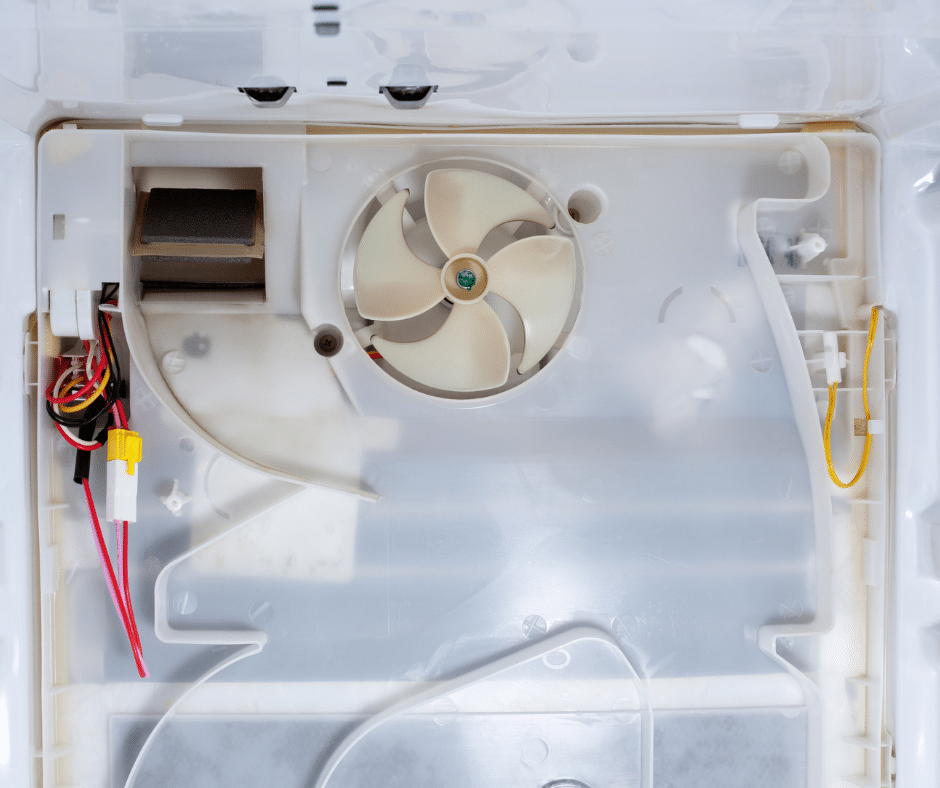
Microwaves have become an indispensable part of our daily lives, making meal preparation faster and more convenient than ever before. But have you ever wondered how these magical boxes heat your food in just a matter of minutes? In this blog post, we’ll delve into the fascinating world of microwave ovens and explain the science behind their operation.
The Basics of Microwave Ovens
Microwave ovens are kitchen appliances that use microwave radiation to heat and cook food. Unlike traditional ovens that rely on conduction and convection, microwaves cook food by emitting electromagnetic waves known as microwaves. These waves are responsible for heating the water molecules present in the food, which in turn cooks the entire dish.
The Microwave Oven Components
Magnetron: At the heart of every microwave oven lies a device called the magnetron. This component generates the microwave radiation by converting electrical energy into electromagnetic waves. The magnetron emits microwaves at a frequency of approximately 2.45 gigahertz (GHz), which is specifically chosen because it corresponds to the resonance frequency of water molecules.
Microwave Cavity: Inside the oven, there is a cavity made of metal, usually stainless steel, which reflects and bounces the microwaves around the food. This ensures that the food is heated evenly from all directions.
Turntable: Many microwave ovens feature a turntable or rotating platform that spins the food as it cooks. This rotation helps distribute the microwave energy uniformly, preventing hot and cold spots in your dish.
The Science Behind Microwave Cooking
Now, let’s get to the science of how microwaves heat and cook your food:
Absorption of Microwaves: When you place your food in the microwave and start cooking, the magnetron emits microwaves into the oven. These microwaves are absorbed by the food, specifically by its water molecules. Water is a polar molecule, meaning it has a positive and negative end. Microwaves cause these water molecules to oscillate rapidly, creating friction and generating heat.
Uniform Heating: Because microwaves are distributed evenly throughout the microwave cavity and the turntable rotates the food, the heating process is uniform. This results in consistent cooking without the need for flipping or stirring, as is often required with traditional cooking methods.
Speedy Cooking: Microwaves are incredibly efficient at transferring energy to water molecules, which means they can heat food quickly. This is why your leftovers can be steaming hot in a matter of minutes.
Safety Measures and Precautions
While microwave ovens are incredibly convenient and safe when used correctly, it’s essential to follow some precautions:
Microwave-Safe Containers: Always use microwave-safe containers and utensils to avoid damage to the oven or potential health hazards.
Avoid Metal and Foil: Never put metal or aluminum foil in the microwave, as it can cause sparks and fires.
Microwave Covering: When reheating food, covering it with a microwave-safe lid or plastic wrap can help prevent splatters and ensure even cooking.
Conclusion
Microwave ovens are a marvel of modern technology, providing us with quick and efficient cooking solutions. Understanding how microwaves work can help you make the most of this kitchen appliance while ensuring safe and effective food preparation. The science behind microwaves may seem complex, but the next time you use one, you’ll have a better appreciation for the magic happening inside that little box.

Elevate Your Kitchen: A Guide to Choosing Aesthetically Pleasing Appliances

Reviving Old Appliances: Upcycling for a Sustainable Future

To Repair or Replace? Making the Right Decision for Your Appliances

5 Best Breakfast Spots in Reno 2024

Understanding the Inner Workings of a Refrigerator: A Cooling Marvel

Unveiling the Most Commonly Reported Issues with Household Appliances

Unveiling the Mystery: Why Water Might Taste Weird Coming Out of Your Fridge Water Dispenser

Revolutionizing Appliance Repairs: The Impact of Technological Advancements

Appliance Recalls: Safeguarding Your Home with Essential Know-How


